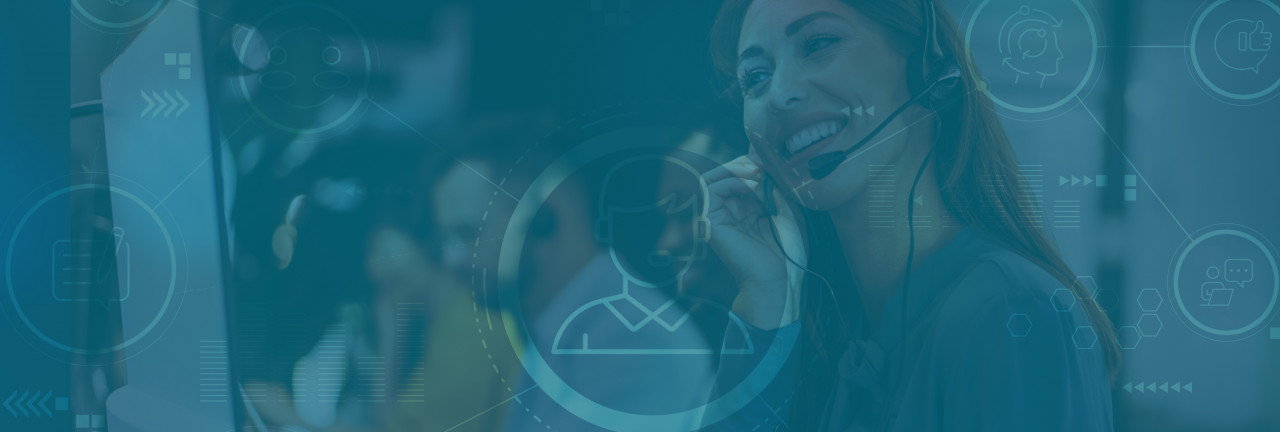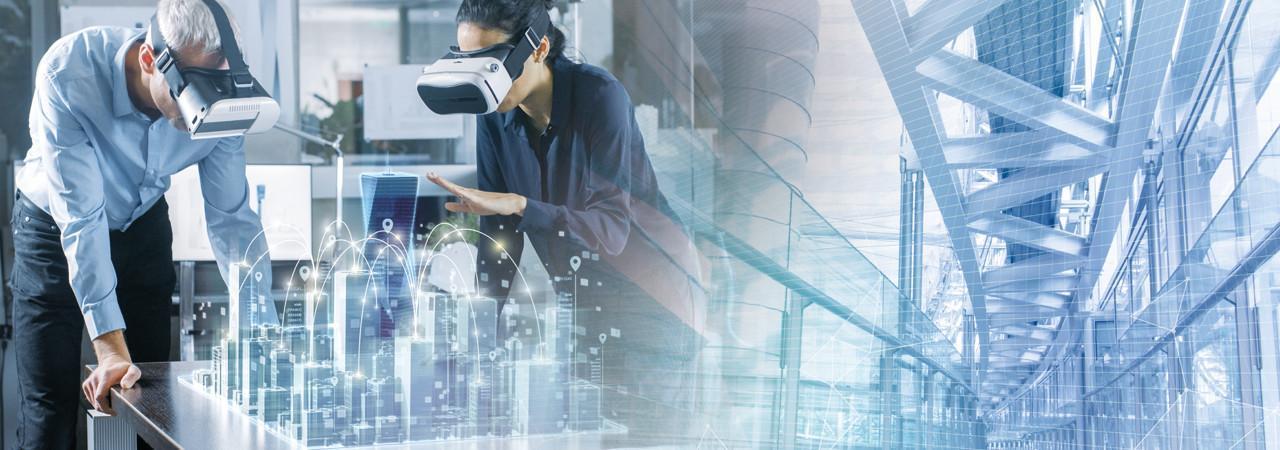Now more than ever, effective collaboration and communication are the keys to success. Throughout 2020, we saw a widespread shift in how we interact with each other, both in and out of work, and how we stay connected to our colleagues and customers. Just consider the following:
Cloud adoption has been rising year by year for some time now, with Gartner predicting this trend to accelerate beyond 2020. It has long moved on from its earliest days, where it was largely regarded as an intriguing concept but unsuitable for enterprise-level applications. Now, with a wide range of options available - including Public, Private and Hybrid solutions - it has become a highly attractive prospect for organisations at all levels, especially against the backdrop of COVID-19 and the resulting advancement of remote working. While these trends are very much the latest stage in a long process of transformation, the pandemic has undoubtedly been the catalyst behind much recent Cloud adoption, as organisations accelerate their journeys towards a distributed workforce.
So, where does that leave us in terms of the biggest question: "Is Cloud right for my organisation?"
Twitter, WhatsApp and other means of consumer service technology are becoming part and parcel of communicating at work alongside Unified Communications (UC) technologies. As a result, the boundaries between our work and personal lives are becoming increasingly blurred.
These state-of-the-art technologies are being used by architects to effortlessly showcase realistic project images to potential clients and stakeholders, enabling the latter to make any changes they want and give feedback on designs (or approval) in no time.
But VR / AR / MR is just the latest flowering of Digital Transformation (DX) to be adopted by the industry - and depends upon the same underlying technology.
Digital transformation: opportunities and challenges
By nature, architecture is an industry defined by evolution, so its early adoption of DX should come as no surprise. In firms across the world, the design process has moved away from drawing boards and tracing paper towards computers. In turn, clients have become more demanding, making collaborative simulation and visualisation a key - almost compulsory - part of the design process.
Consequently, computers have had to become more powerful and graphics greatly improved to keep up with the rendering requirements; architects also require access to a centralised graphic store, and this access similarly requires a lot computational and networking power.
The Fourth Transformation: opportunities and challenges
As the Fourth Transformation takes hold - bringing forth advances in VR / AR / MR - technology is becoming increasingly immersive and collaborative. For the architecture industry, this means that seamless cloud-based collaboration between contractors, engineers and architects is both possible and highly desirable.
Such collaboration entails not only simple file transfers and data conversion but also, increasingly, the embedding of VR / AR / MR into business operations. The popularity of such technology has risen in the sector, thanks to its emerging value as an educational tool.
However, this brave new world of unified communications and virtual desktop infrastructure is powerless without the right network. Across the industry, gigabit requirements are becoming the norm; by contrast, only three years ago, 100mb would often suffice. In a bandwidth-hungry digital landscape, the network is the cloud - so it's easy to see why a cloud can only be as good as the network it traverses.
Conclusion
By harnessing the power of cloud computing and a robust, reliable network in tandem, architecture firms can set themselves apart from their competitors and respond super-fast to those last-minute emergency requests that can suddenly arise from contractors all over the world. By partnering with the right supplier as well, firms can stop worrying about business continuity, getting back up and running if their systems fail.
Like many organisations throughout 2020, professional associations have been forced to dramatically reconsider how they interact with both current and potential members, in light of social distancing requirements and the move towards a distributed workforce.
There's no doubt that the current economic environment has led to feelings of instability, in both our personal and professional lives. Consumers are feeling the pinch, and with rising inflation and interest rates, they will have no choice but to curtail their spending. The impact on business is similarly far-reaching. Aside from the economic impact of the reduction in spending, there is the very real situation that both employees and customers will be experiencing stress in their personal lives. As a result, many organisations across the public and private sectors are evaluating how to best maintain their service quality under these difficult circumstances.
The past year has challenged the UK's education sector in ways that would previously have been inconceivable, with children learning from home the majority of the time since March.
With the flexible office model slowly but surely supplanting the traditional working environments in favour of dynamic co-working spaces for a number of years now, we have seen many organisations reconsider the way they think about commercial real estate.
Microsoft Teams has been in the ascension for some time now, rising exponentially in popularity throughout 2020, to the point it is now the default internal communications tool for many organisations, with the distributed workforce utilising it to effectively collaborate with colleagues on a day-to-day basis.
Over the course of the past year, the contact centre has been changed forever, with social distancing requirements meaning that familiar methods of face-to-face contact are now unavailable. In light of these shifts, social media, video and email contact are now regularly utilised as the primary channels for customer queries – a trend that we have seen on the rise for some years now. Between March and November 2020, we saw a significant update in the use of online channels, with 54% of organisations reporting an increase in email contact, 52% reporting an increase in social media, and 65% reporting an increase in the use of web chat.
Global broadcasts place incredible demands on infrastructure, which must offer the performance and resilience required to accommodate the anticipated spikes in viewership. Exponential-e has worked closely with a number of world leaders across the broadcasting and media sector, providing fully integrated solutions that ensure their connectivity is of the very highest quality, freeing their own teams to focus on the broadcast itself, safe in the knowledge that they can completely depend on their technological foundation, no matter how many viewers around the world tune in.
Even as the end of lockdown approaches, it is clear that hybrid working is here to stay, with organisations utilising remote and office-based working on a flexible basis, in order to combine the advantages of both.
Failure Demand: "Demand caused by failure to do something or do something right for the customer"
Seddon, 2003





















